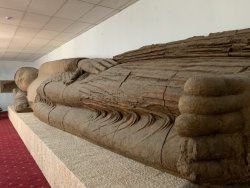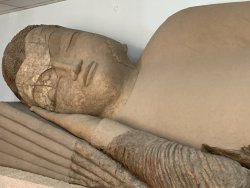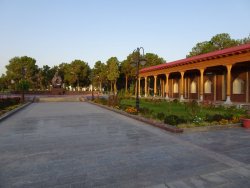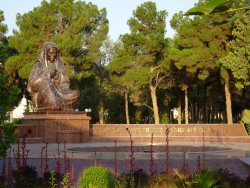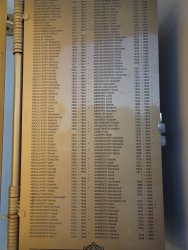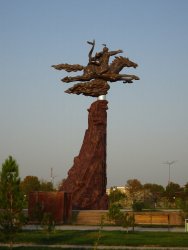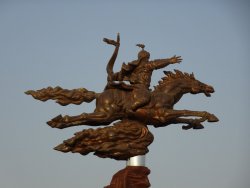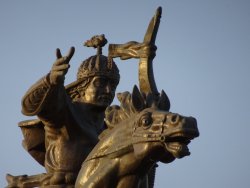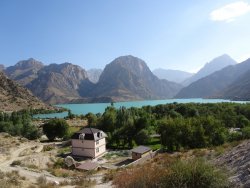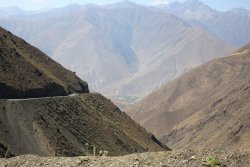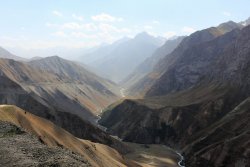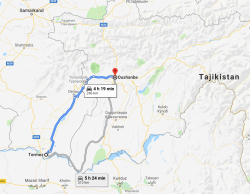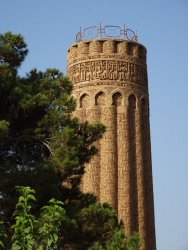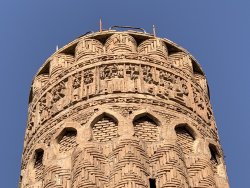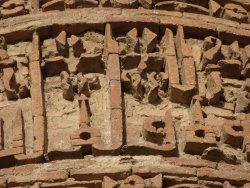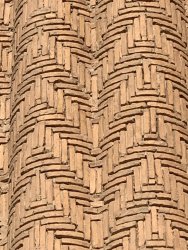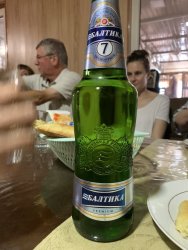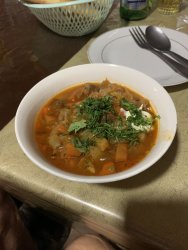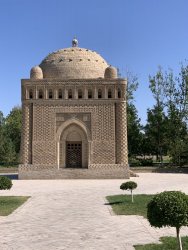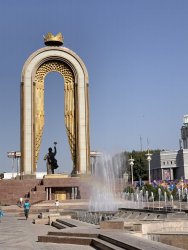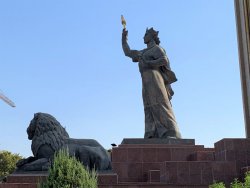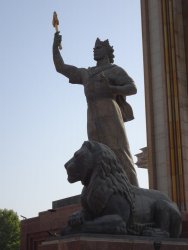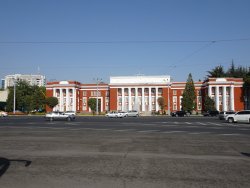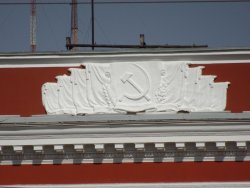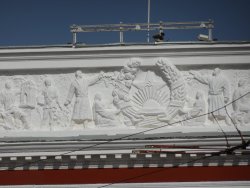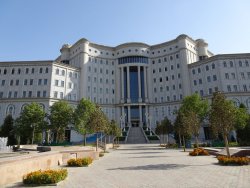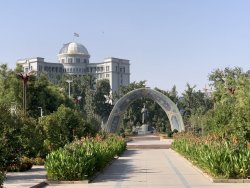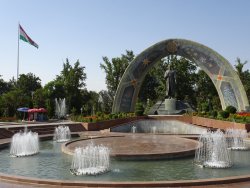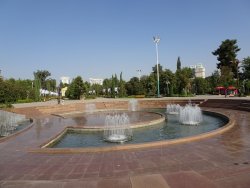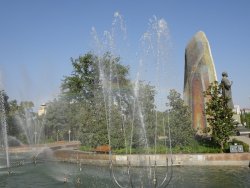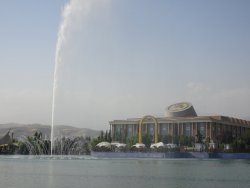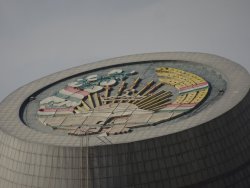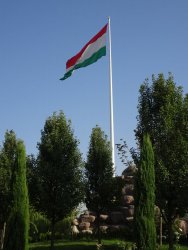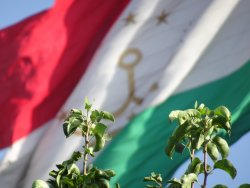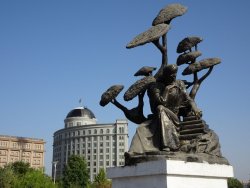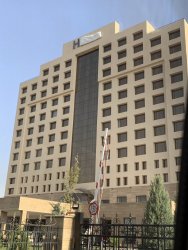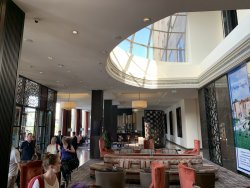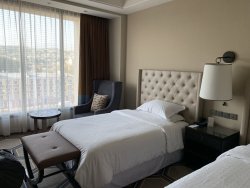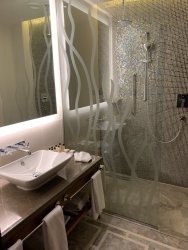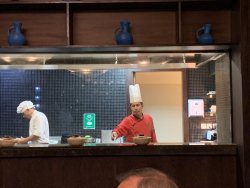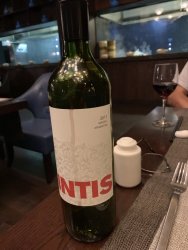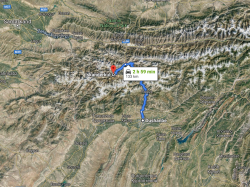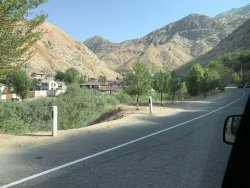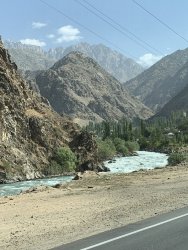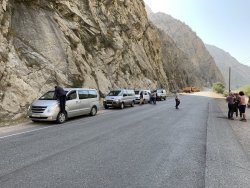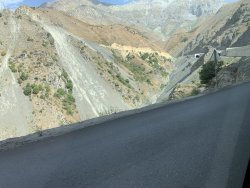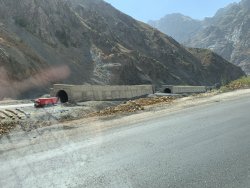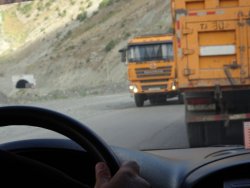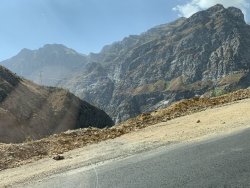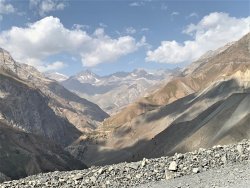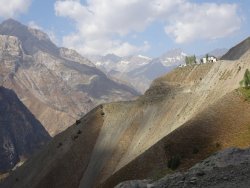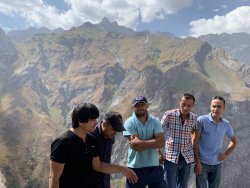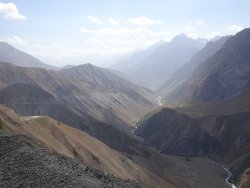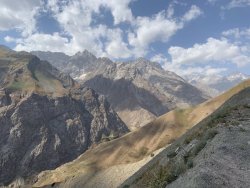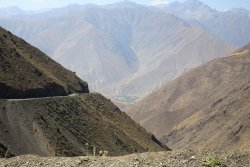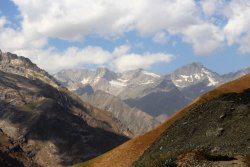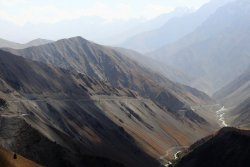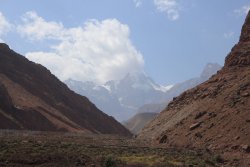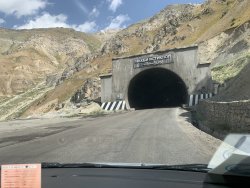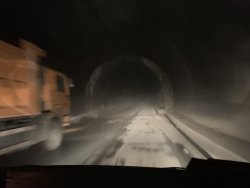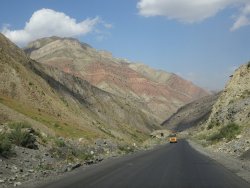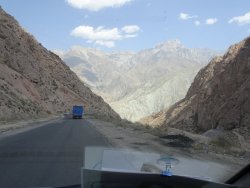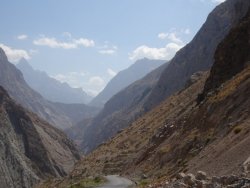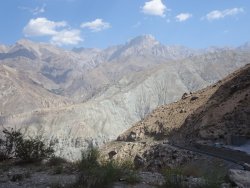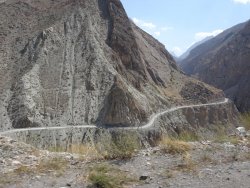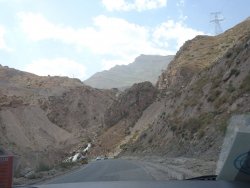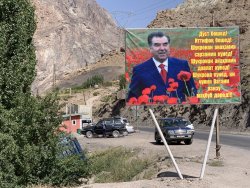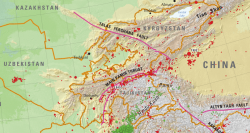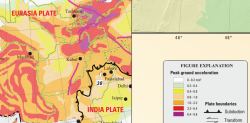Dushanbe is the capital of Tajikistan, named 'Monday' in Arabic as it grew from a village that had a popular market on Mondays. Today its a modern city of about 800,000 people. From 1929 to 1961 it was called by the Soviets
Stalinabad.
We had it explained (several times) the differences between Takiks and Uzbeks, but it escapes me now. Ethnically and linguistically different, but to a westerner, its subtle. There are 'enclaves of Uzbekistan and Tajikistan within the other's territory. Here, unlike Uzbekistan, they have retained the Cyrillic script, so it all looks 'Russian', but isn't.
Tajikistan has had a long and complex history. As Wikipedia says, it has been part of the Achaemenid Empire, Sasanian Empire, Hephthalite Empire, Samanid Empire, Mongol Empire, Timurid dynasty, the Khanate of Bukhara, the Russian Empire, and subsequently part of the Soviet Union.

Tajikistan was made an autonomous region of the Uzbek Soviet Socialist Republic in 1924 but in 1929 it was made a separate republic within the USSR. It became independent in 1991 in the break-up of the USSR.
Almost immediately upon independence a civil war broke out, it seems mainly clan-based. About 100,000 died and over a million refugees were created (mainly ethnic Russians who returned to Russia) before a UN brokered cease-fire was achieved in 1997; the country was devastated. The current President was elected then, and had been 're-elected' since, with very large majorities

. Its an authoritarian state, have no doubt; the media is censored. The President's image is
everywhere.

Tajikistan has a population of about 9 million and is 90% mountainous. There is a continuing threat from Islamic militancy and a number of incidents have occurred in the highly mountainous east of the country. It seems OK now; tour groups go through there.
Half the country's GDP comes from Tajiks working in Russia (in fact ALL the Stans have considerable percentages of their working population working in Russia). Other industries are aluminium and cotton. The aluminium industry was established by the Soviets. The Tajiks have no bauxite to mine but do have water for hydro power. We padded an enormous aluminium smelter shorty after crossing the border. Its not on a port, or near a river, so both the source material and the power have to be brought in overland. Classic Soviet planning.
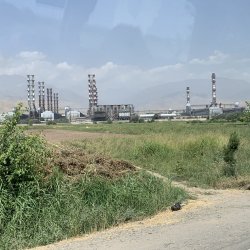
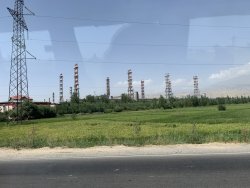
As in the other Stans, the Soviets harnessed the massive rivers flowing out of the Tajik mountains to establish cotton growing. there are canals everywhere and flood irrigation is used. Its this water usage - and wastage - that consumes the water that used to feed the Aral Sea in northern Uzbekistan / southern Kazakhstan. The Aral Sea has become a true environmental disaster and had now mostly dried up.
First stop in Dushanbe is the historical museum.
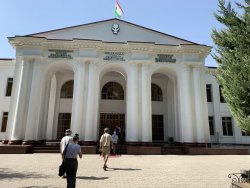
A few things from the museum. Panjakent is in the far west of the country and was a flourishing town on the silk road in the 5th-8th centuries AD. A Soviet archaeologist worked for 50 years on the site, protecting it even through the civil war. Some of the frescoes have been relocated to the Museum in Dushanbe.
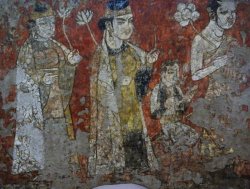
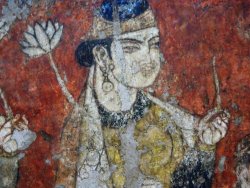
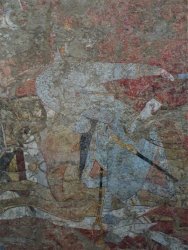
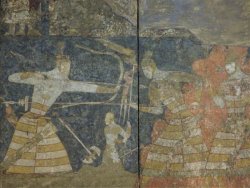
Again, not leaving out the Buddhist history of the region, demonstrating the reach of the Silk Road from the far east. At Ajina-Teppa, in the south-west of Tajikistan, a 5th Century monastery was discovered in 1959 with a 13m long reclining Buddha, or 'Buddha in Nirvana', made of baked clay (the largest Buddha of clay). It had been broken by Islamists a few centuries after its creation. The Dushanbe museum now houses the statue, with relocation partly funded by the USA and Japan. It was cut into pieces by Tajik archaeologists and is not the central display of the museum. The plain brown parts are restoration of the destroyed parts.
